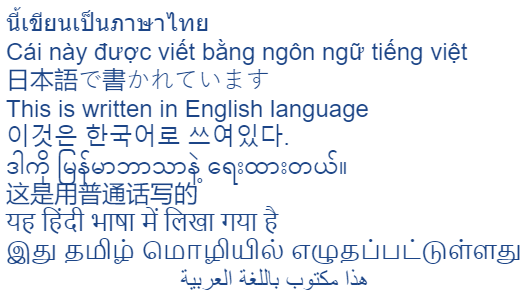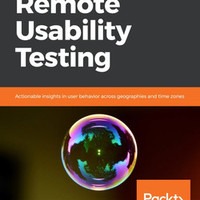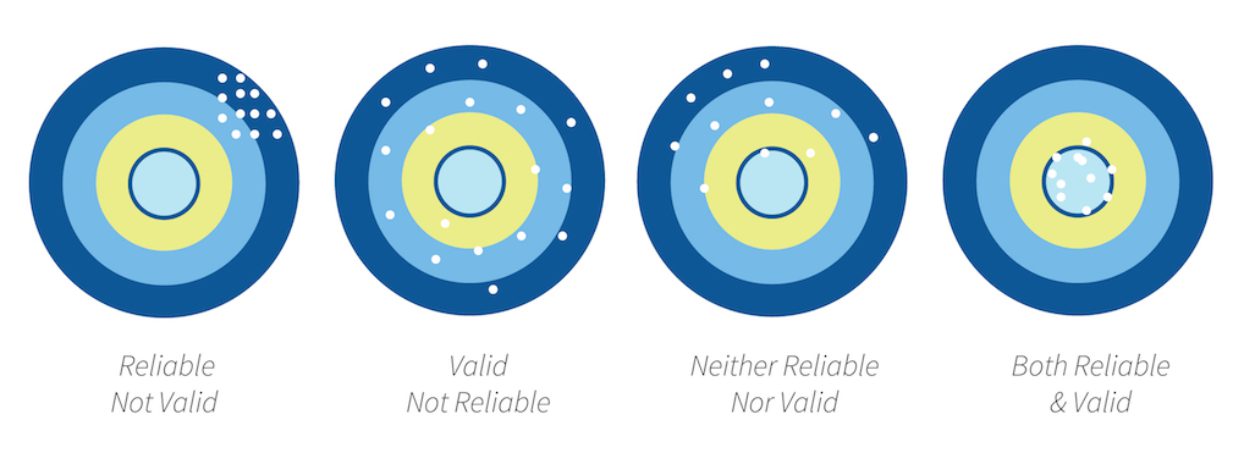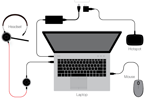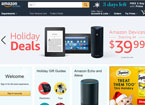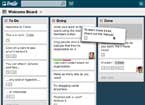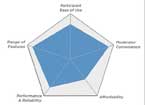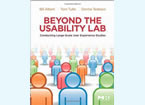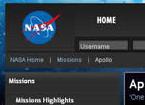Asia is experiencing a user research boom, with the number of professionals growing rapidly. However, remote research as a practice is still not widely accepted across all Asian countries, due in part to low awareness of tools available. To become successful, remote research platforms need to adapt to the diversity of potential recruits in Asia…
